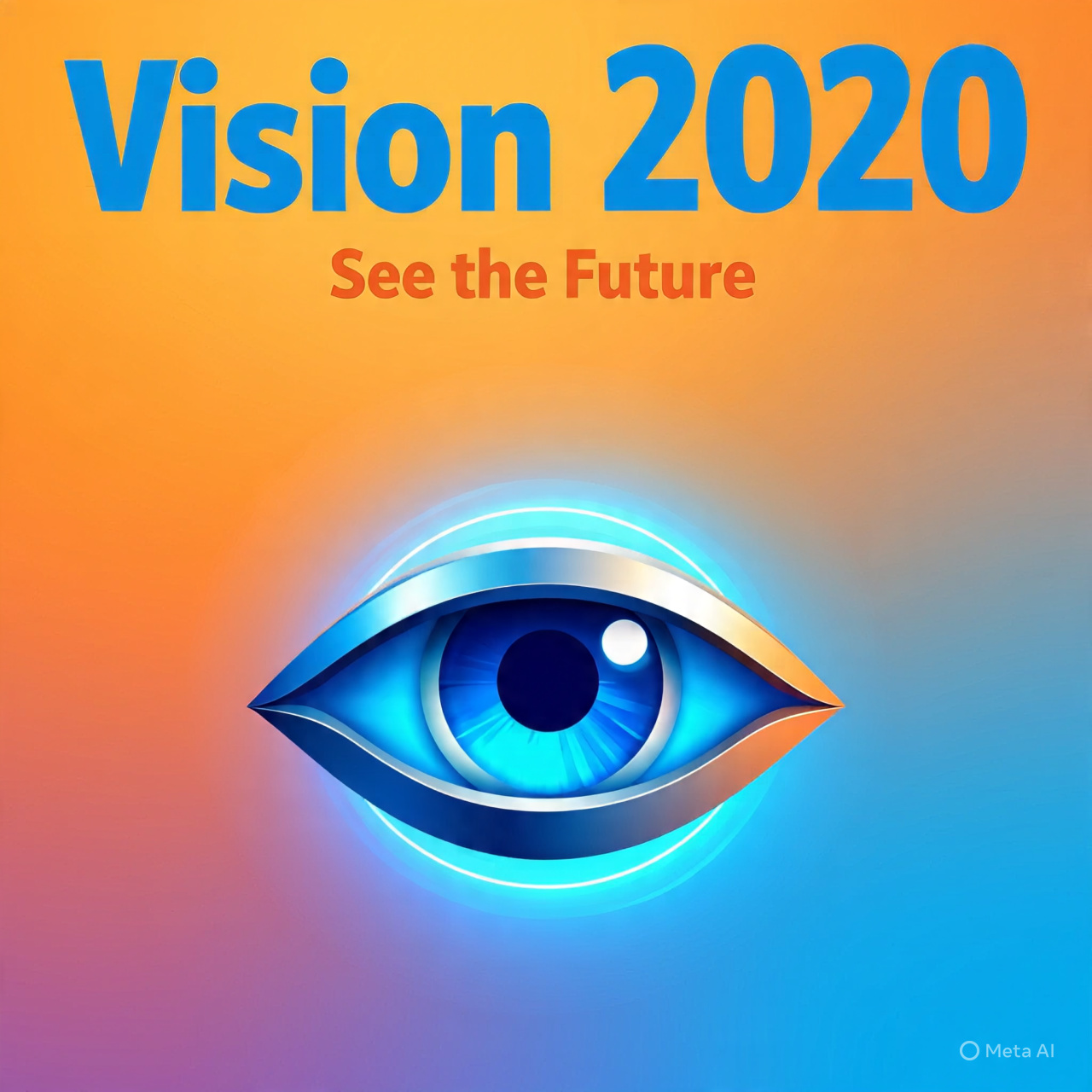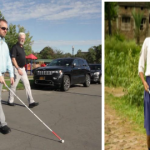INTRODUCTION: Vision 2020 is a global initiative aimed at eliminating avoidable blindness by the year 2020. Launched by the World Health Organization (WHO) in 1999, this program focuses on providing comprehensive eye care services to populations worldwide. The initiative emphasizes the importance of prevention, treatment, and rehabilitation for those affected by visual impairment. VISION 2020 was a comprehensive plan conceptualized by Dr. A.P.J. Abdul Kalam, former President of India, with the goal of transforming India into a developed nation by the year 2020. Though it was not an official government policy, it became a widely discussed national vision and inspired many state and institutional development plans. The Vision 2020 initiative was launched with the ambitious goal of eliminating avoidable blindness worldwide. This global effort aimed to address the significant burden of visual impairment and ensure that everyone has access to necessary eye care services. As we reflect on the progress made since its inception, it is essential to evaluate both the achievements and theunmet needs that remain in the fight against blindness.
Achievements of Vision 2020
Increased Awareness and Advocacy
One of the most significant achievements of Vision 2020 has been the heightened awareness surrounding eye health. Campaigns and initiatives have successfully educated communities about the importance of regular eye check-ups and the prevention of blindness.
Organizations like the World Health Organization (WHO) and various non-profits have played a crucial role in spreading this message.
Events such as World Sight Day have brought attention to the issues of visual impairment, encouraging people to take action. Improved Access to Eye Care Services Vision 2020 has led to the establishment of numerous eye care programs and facilities, particularly in low-income countries.
The number of trained eye care professionals has increased significantly, helping to bridge the gap in service delivery.
Mobile eye clinics and outreach programs have made it easier for people in remote areas to receive care.
Unmet Needs in Vision 2020
Persistent Barriers to Access
Despite the progress made, significant barriers to accessing eye care services still exist.
Many individuals in rural or underserved areas continue to lack basic eye care facilities.
Financial constraints often prevent people from seeking necessary treatments, especially in low-income communities. Inadequate Data and Research Another challenge is the lack of comprehensive data on the prevalence of eye diseases and the effectiveness of interventions.
Without accurate data, it is difficult to assess the true impact of Vision 2020 and identify areas needing improvement.
More research is needed to understand the long-term outcomes of various eye care programs. Need for Continued Education and Training
While the number of trained professionals has increased, there is still a pressing need for ongoing education and training.
Eye care practices and technologies are constantly evolving, and professionals must stay updated to provide the best care.
Community health workers also require training to effectively educate the public about eye health. Addressing Social Determinants of Health The social determinants of health, such as poverty, education, and access to healthcare, play a significant role in visual impairment.
Efforts must be made to address these underlying issues to ensure that everyone can benefit from eye care services.
Programs that integrate eye health with broader health initiatives can help tackle these challenges more effectively.
The Goals of Vision 2020
• 1. Elimination of Avoidable Blindness
• The primary goal of Vision 2020 is to eliminate avoidable blindness. This includes conditions that can be treated or prevented, such as cataracts, glaucoma, and refractive errors. By addressing these issues, the initiative aims to improve the quality of life for millions of people.
• 2. Strengthening Eye Care Services
• Vision 2020 seeks to strengthen eye care services in both developed and developing countries. This involves training healthcare professionals, improving infrastructure, and ensuring that eye care is integrated into primary health care systems.
• 3. Raising Awareness
• Another critical goal is to raise awareness about eye health. Many people are unaware of the importance of regular eye check-ups
and the potential for treatment. Vision 2020 aims to educate communities about the risks of eye diseases and the benefits of early detection.
The Impact of Vision 2020
• 1. Success Stories
• There are numerous success stories from the Vision 2020 initiative. For instance, countries like India and Bangladesh have
made significant strides in reducing the prevalence of cataract blindness through targeted programs and community outreach.
• 2. Challenges Faced
• Despite its successes, Vision 2020 faces challenges. Limited resources, lack of awareness, and cultural barriers can hinder progress. In some regions, traditional beliefs about health can prevent individuals from seeking necessary care.
• 3. Future Directions
Looking ahead, Vision 2020 aims to adapt to changing circumstances. This includes leveraging technology for telemedicine and online consultations, which can help reach remote populations.
Conclusion
• As we look back on the Vision 2020 initiative, it is clear that while significant strides have been made in the fight against avoidable blindness, there is still much work to be done. The achievements serve as a foundation for future efforts, but the unmet needs remind us of the ongoing challenges. It is crucial for all stakeholders to continue advocating for eye health, ensuring that everyone, regardless of their circumstances, has access to the care they need. Together, we can strive towards a future where avoidable blindness is a thing of the past.










